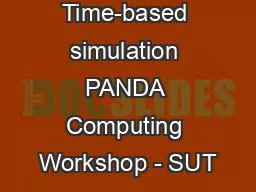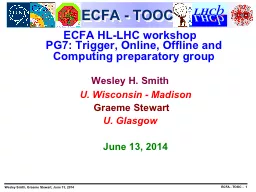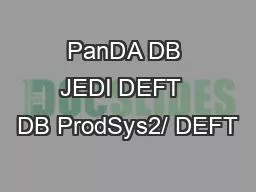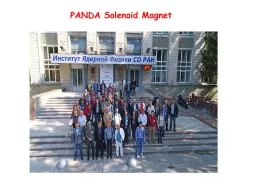PPT-Time-based simulation PANDA Computing Workshop - SUT
Author : robaut | Published Date : 2020-08-27
TimeBased Simulation Single Event TimeBased Simulation 20 MHz overlap Event Mixing Mohammads work Background Signal 1 Signal 2 MC Files Digiti zation MC file does
Presentation Embed Code
Download Presentation
Download Presentation The PPT/PDF document "Time-based simulation PANDA Computing Wo..." is the property of its rightful owner. Permission is granted to download and print the materials on this website for personal, non-commercial use only, and to display it on your personal computer provided you do not modify the materials and that you retain all copyright notices contained in the materials. By downloading content from our website, you accept the terms of this agreement.
Time-based simulation PANDA Computing Workshop - SUT: Transcript
Download Rules Of Document
"Time-based simulation PANDA Computing Workshop - SUT"The content belongs to its owner. You may download and print it for personal use, without modification, and keep all copyright notices. By downloading, you agree to these terms.
Related Documents













